First things first: the phenomenon we’re referring to is called a contrail.
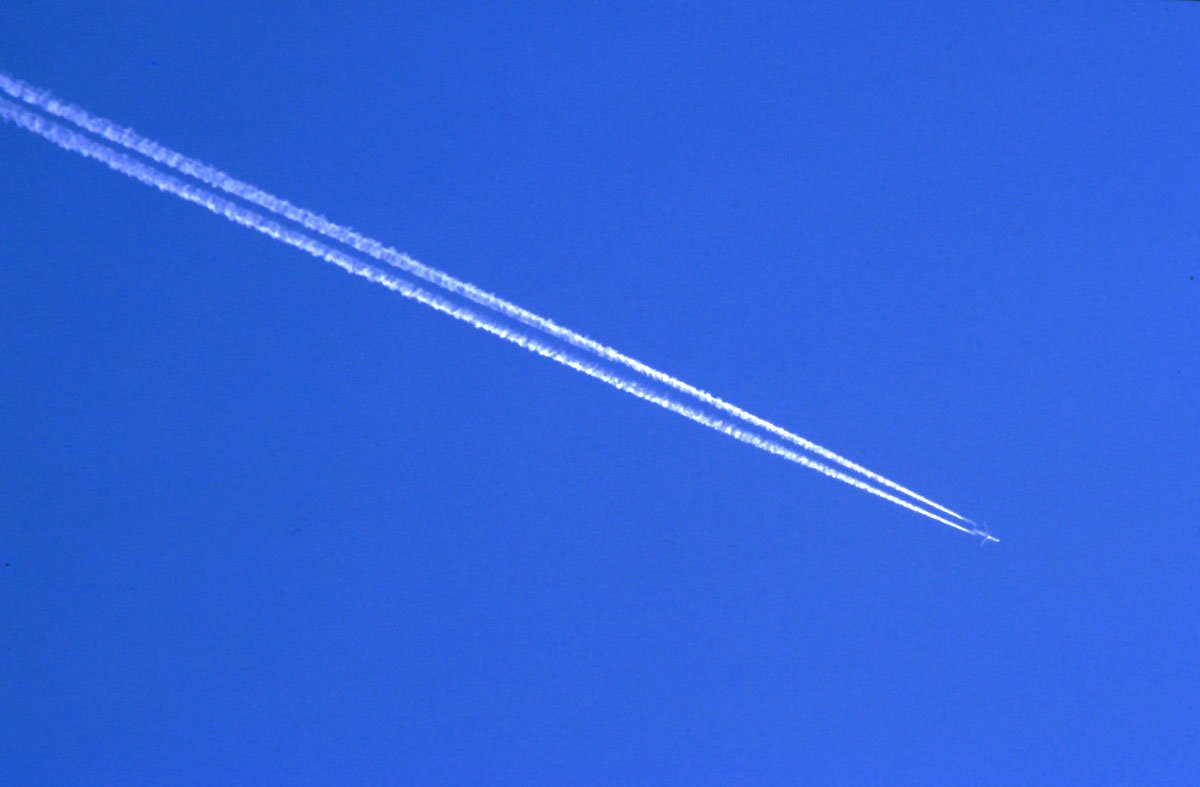
Contrails are basically clouds. Though they aren’t formed like the regular ones you see everyday, they have a similar process. Basically they are ‘human-induced’ clouds.
There are small particles called aerosols which exist inside an airplane’s exhaust. When some of the water vapour condenses and freezes around these aerosols, a contrail is formed.
The water vapour that contributes to the formation of the contrail already exists in the air around the plane and some of it also comes from the exhaust.
Contrails are only formed at very high altitudes, mostly above 8 kms, where the temperature is around -40 degrees Celsius.
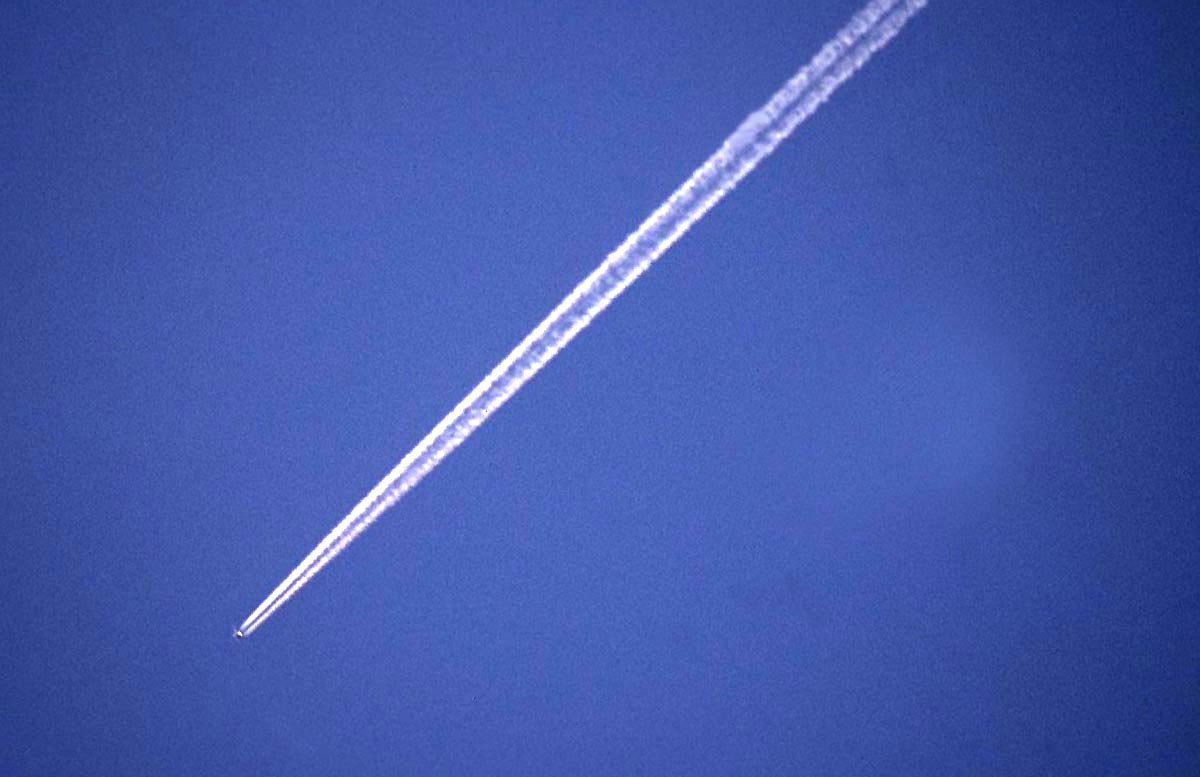
An airplane’s exhaust has both vapour and solid particles. Emissions from the exhaust include gases like water vapour, carbon dioxide, nitrogen oxides (NOx) and even carbon monoxide. Apart from these there are also hydrocarbons like sulphate and methane. And of course, there is soot and metal particles too.
While some of the elements are involved in the formation of the contrail, some aren’t. But they do contribute to air pollution.
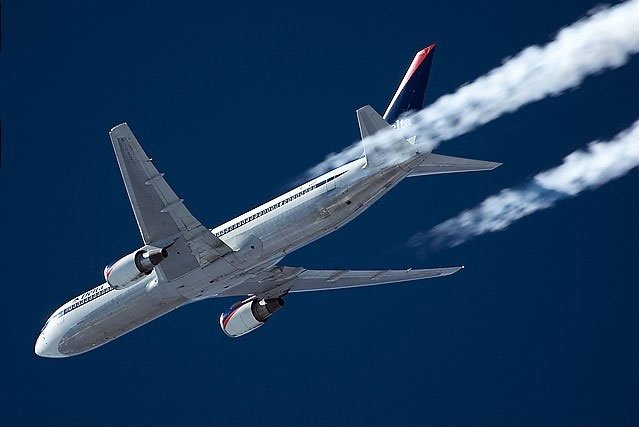
There is interesting history behind contrails.
Though they were first noticed in the 1920s, they caught everyone’s attention during World War II.
And why wouldn’t they? What with all the fighter planes flying around.
However, not only did they make a plane visible from far off, they also posed difficulties for the pilots. There were reports that many planes collided with each other during combat due to lack of visibility.
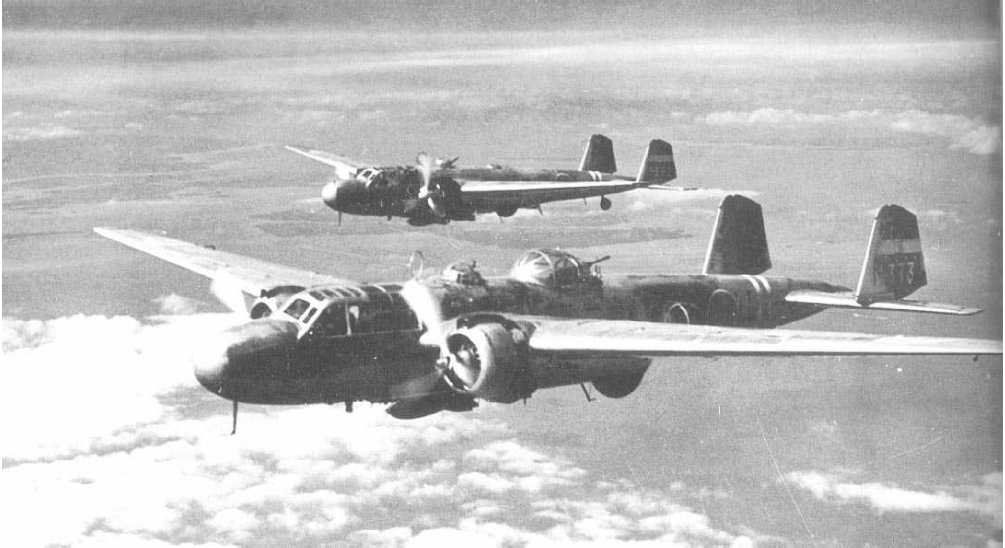
There are mainly three types of contrails:
1. Short lived contrails
These disappear in a few minutes, almost as fast the plane crosses the sky.
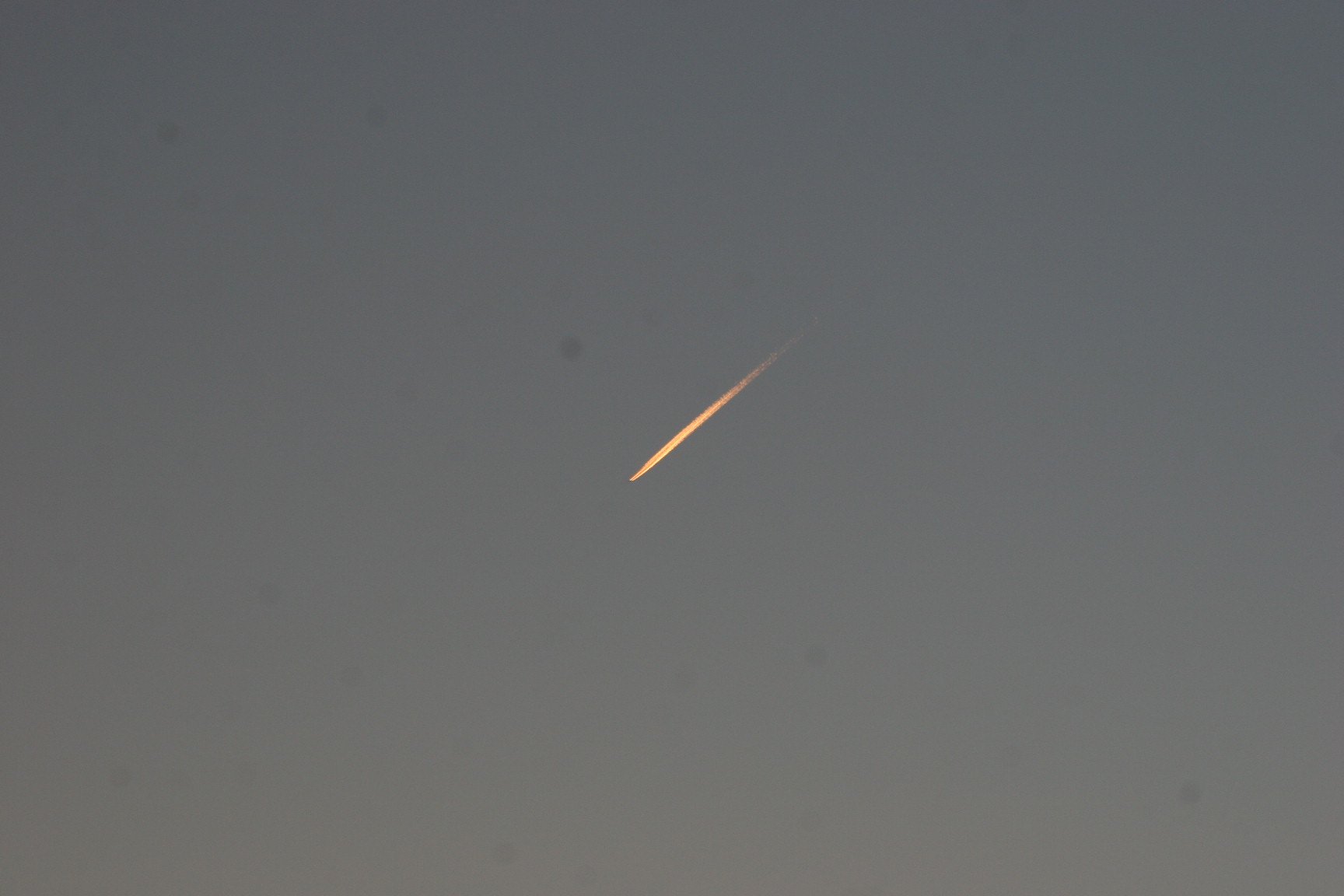
2. Persistent contrails (non-spreading)
These are the long lines you see for a while even after the plane is out of sight. The reason for this is high humidity around the plane.
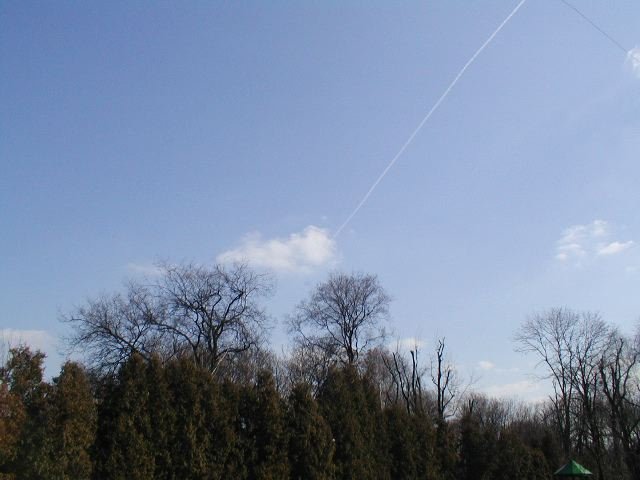
3. Persistent spreading contrails
These are like the previous type, but they start to fluff and spread across the sky. They eventually cover a very large area.
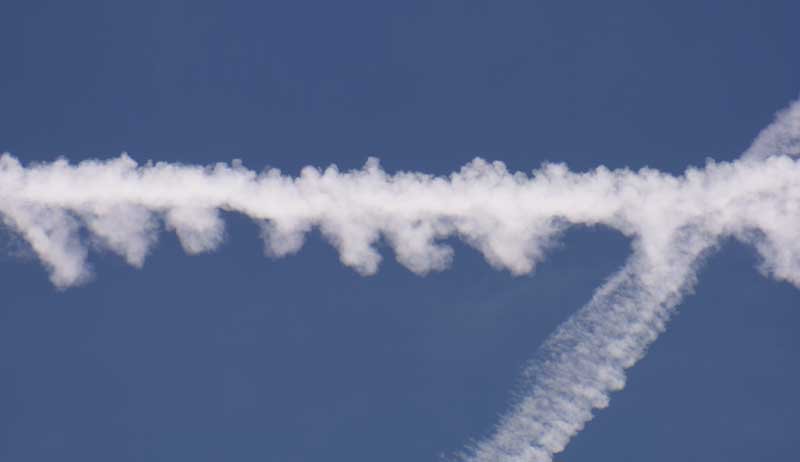
One more interesting fact is that contrails can move too. The wind speed at such high altitudes is very strong, so the contrail is likely to end up far away from where it was formed.
Alrighty then. You can thank us later for clearing the air!

















